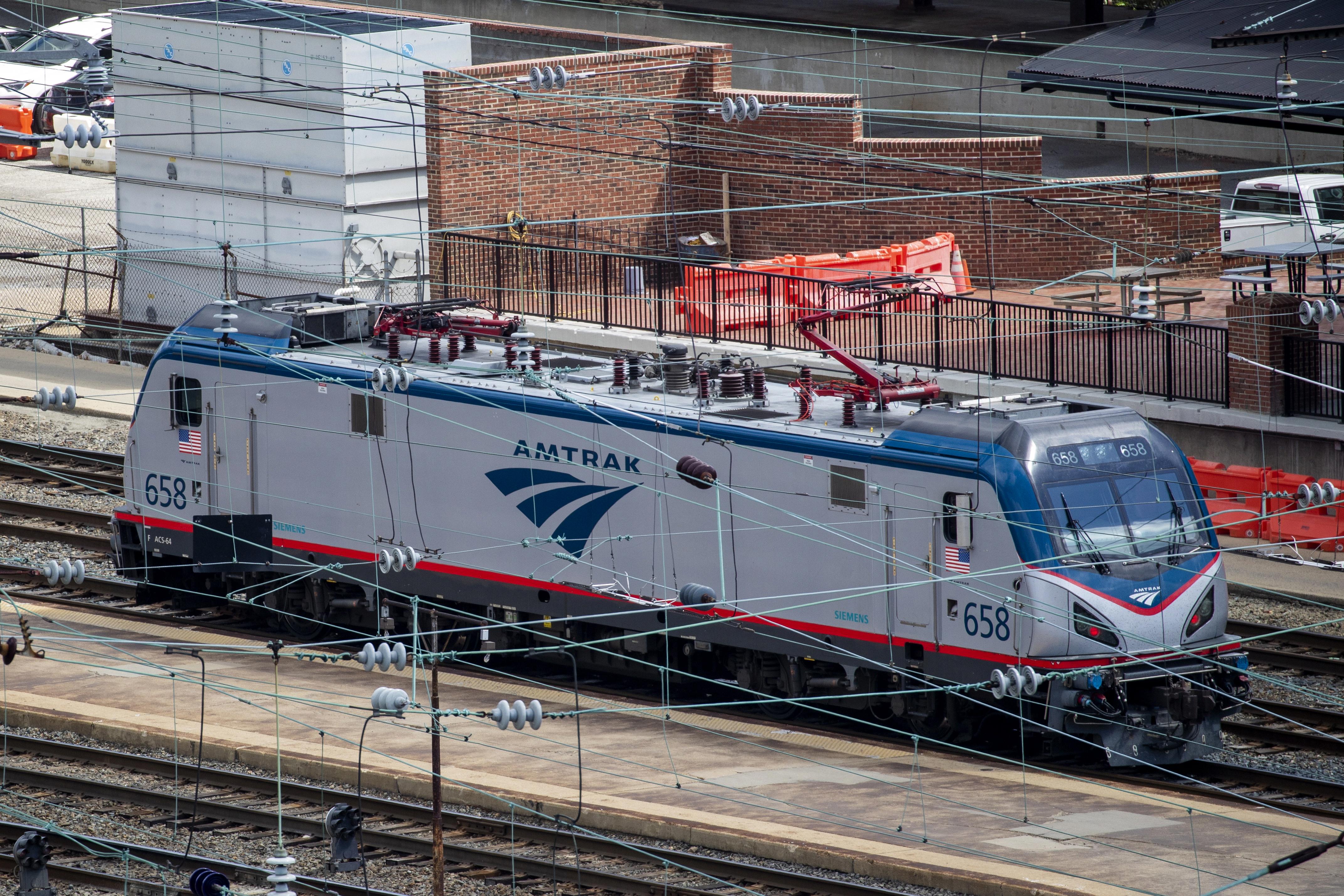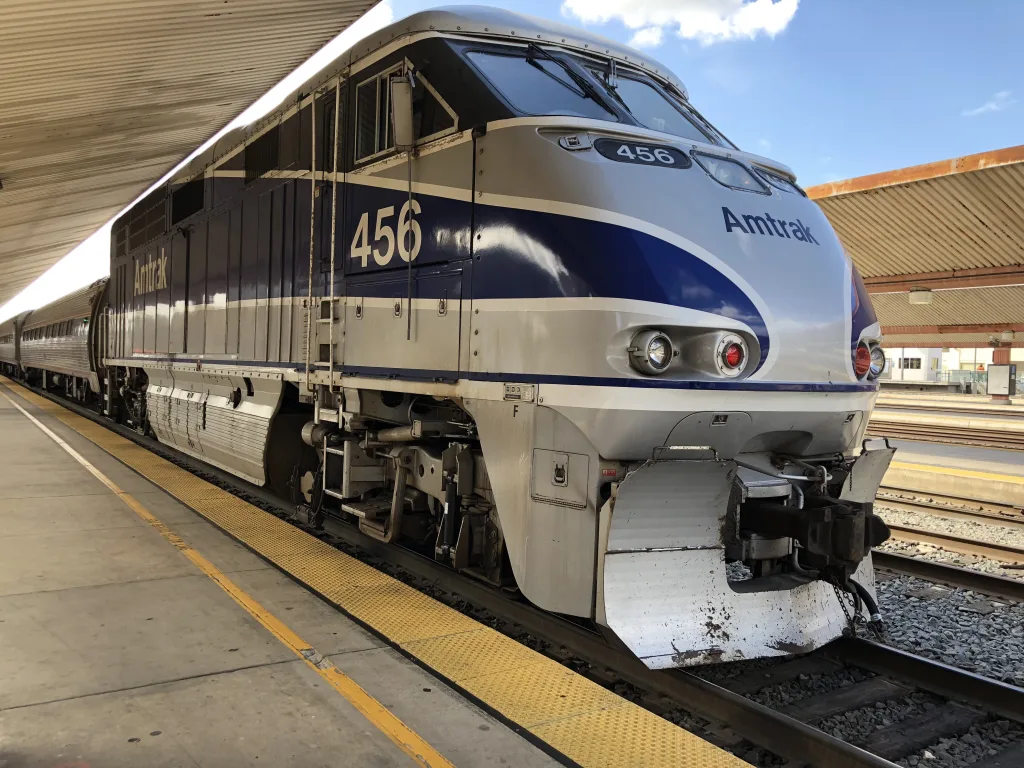Amtrak, the national intercity passenger rail service in the United States, has a unique ownership structure that sets it apart from other transportation companies. Established by Congress in 1970, Amtrak was created to take over the operations of private railroad companies that were struggling to run intercity passenger services profitably. This move was prompted by the realization that these services were essential for connecting various parts of the country and promoting mobility.
Contrary to popular belief, Amtrak is not a federal agency, and its employees are not considered federal employees. Instead, it is classified as a state-owned enterprise, meaning it operates as a for-profit company with the federal government holding all of its preferred stock. This distinction allows Amtrak to function independently while still benefiting from federal support and oversight.
Amtrak’s network spans over 22,000 miles, serving numerous cities across the United States. However, the company only owns a fraction of this infrastructure. Approximately 620 miles of track in the Northeast and Michigan are owned by Amtrak itself. The rest of the tracks are predominantly owned by freight railroads, with some being owned by states or regional transportation authorities. This arrangement allows Amtrak to utilize existing rail infrastructure, reducing the need for costly new construction.
In terms of financials, Amtrak has been gradually improving its performance in recent years. In 2020, it reported revenue of $2.4 billion, showcasing its financial viability as a transportation provider. This revenue is generated from a combination of ticket sales, government subsidies, and other sources of income.
The ownership structure of Amtrak has helped to strike a balance between private and public interests. By being a state-owned enterprise, Amtrak can operate as a business entity, making decisions based on profitability and efficiency. At the same time, the federal government’s ownership of preferred stock ensures that the national interest is safeguarded, as Amtrak plays a vital role in connecting communities, promoting sustainable transportation, and enhancing mobility options for Americans.
Amtrak is a unique transportation entity in the United States. It is not a federal agency but rather a state-owned enterprise with the federal government as its sole preferred stockholder. By utilizing existing infrastructure and operating as a for-profit company, Amtrak has been able to provide intercity passenger rail services across the country while gradually improving its financial performance. The ownership structure strikes a balance between private and public interests, ensuring that Amtrak fulfills its mission of providing essential transportation services to the American people.
Why Is Amtrak Government Owned?
Amtrak, the National Railroad Passenger Corporation, is government-owned for several reasons:
1. Historical Context: Amtrak was created by Congress in 1970 to address the decline of passenger rail service in the United States. Private railroad companies had been operating passenger services at a significant financial loss for many years. To ensure the continuation of intercity passenger rail services, the government stepped in and established Amtrak as a public corporation.
2. Financial Viability: The private railroad companies were unable to sustain passenger rail operations due to various factors such as competition from other modes of transportation like cars and airplanes, high operating costs, and the need for significant infrastructure investments. By taking over these services, the government aimed to provide stability and financial support to ensure the availability of passenger rail options for the public.
3. Public Service Mandate: Amtrak’s primary objective is to provide a vital public transportation service by connecting communities across the country. Unlike private companies driven by profit motives, Amtrak’s government ownership allows it to prioritize public service over financial gain. This ensures that passenger rail services are available to a wide range of people, including those in rural areas and those who rely on rail as their primary mode of transportation.
4. Infrastructure Investment: The maintenance and expansion of rail infrastructure require substantial investments. As a government-owned entity, Amtrak can receive federal funding for capital improvements and infrastructure projects. This enables Amtrak to modernize and improve its services, enhance safety measures, and invest in the long-term sustainability of the passenger rail system.
5. Coordination and Integration: Government ownership allows for better coordination and integration of passenger rail services with other transportation networks. Amtrak can collaborate with federal agencies, state governments, and local authorities to ensure seamless connections between rail, bus, and other modes of transportation. This integration promotes efficient travel options, reduces congestion, and contributes to a more sustainable transportation system.
6. National Interest: Passenger rail service is considered to be in the national interest from the perspective of economic development, energy efficiency, and environmental sustainability. Government ownership of Amtrak allows for strategic planning and decision-making that aligns with these broader national objectives.
Amtrak is government-owned to address the financial challenges faced by private railroad companies, ensure the availability of passenger rail services, prioritize public service over profit, receive funding for infrastructure improvements, promote coordination with other transportation networks, and serve the national interest.

Are Amtrak Workers Federal Employees?
Amtrak workers are not federal employees. They are employees of Amtrak, a passenger railroad corporation. The distinction between Amtrak employees and federal employees is important to understand. Here are some key points to clarify this:
1. Amtrak is a separate entity: Amtrak is a national rail corporation established by the U.S. Congress in 1970. It operates as a for-profit company, providing passenger rail services throughout the United States. While it receives some federal funding, it is not a federal agency.
2. Amtrak employees work for the corporation: Amtrak hires its own employees and manages its workforce independently. These employees are not considered federal employees because they do not work directly for the federal government.
3. Different employment status: Amtrak workers are subject to the employment policies, benefits, and regulations set by Amtrak itself. They are not governed by federal employment laws or regulations that apply to federal employees.
4. Federal funding and oversight: Although Amtrak is not a federal agency, it does receive federal funding for its operations. Additionally, the corporation is subject to some degree of federal oversight, mainly through the Federal Railroad Administration (FRA), which regulates safety and operational standards.
Amtrak workers are not federal employees. They are employees of Amtrak, a separate corporation that operates as a for-profit entity providing passenger rail services. While Amtrak receives federal funding and is subject to some federal oversight, its employees are not considered federal employees.
Does Amtrak Own The Railways?
Amtrak does not own the majority of the railways on which it operates. Of the more than 22,000 miles of track, Amtrak only owns approximately 620 miles in the Northeast and Michigan. The remaining miles are owned by various entities, with the majority being owned by freight railroads. Some states or regional transportation authorities also own portions of the track.
What Family Owns Amtrak?
Amtrak is not owned by a specific family. Instead, it is a state-owned enterprise in which the federal government holds all the preferred stock. As a result, Amtrak operates as a for-profit company, but it is ultimately owned by the government. This unique ownership structure allows Amtrak to receive financial support and guidance from the government while still functioning as a commercial enterprise.

Conclusion
Amtrak is a unique entity that operates as a state-owned enterprise in the United States. While it is not a federal agency, it was created by Congress in 1970 to take over intercity passenger rail services from private railroad companies. Despite being a for-profit company, the federal government owns all of Amtrak’s preferred stock, making it a government-controlled entity. Amtrak owns a small portion of the rail infrastructure, primarily in the Northeast and Michigan, while the majority of the rail lines it operates on are owned by freight railroads, states, or regional transportation authorities. With its own employees and operations spanning over 22,000 miles, Amtrak has proven to be a vital player in the nation’s transportation network.
